The bucket elevator is a fundamental piece of equipment in bulk material handling, essential for efficiently moving granular or powdered materials vertically. Across industries ranging from agriculture and food processing to mining and cement production, this robust mechanism is the workhorse for high-capacity, space-saving elevation. Understanding the design, function, and applications of the bucket elevator is key for optimizing material flow in industrial operations.
Core Components and Operation of a Bucket Elevator
A typical bucket elevator system consists of several main components that work in concert. At its heart is an endless belt or chain to which a series of buckets are fixed. These buckets scoop up the material at the bottom, or boot section, and carry it vertically to the top, or head section.
The operation begins when material is fed into the boot casing, where the moving buckets fill. An electric motor drives a pulley or sprocket in the head section, pulling the belt or chain and elevating the filled buckets. As the buckets pass over the head pulley/sprocket, they invert, and centrifugal force, gravity, or a combination discharges the material into a chute. The empty buckets then continue their descent back to the boot for a continuous cycle. The entire assembly is enclosed in a casing to contain dust and protect the moving parts.
Types and Classification
Bucket elevators are generally classified based on their discharge mechanism and the speed of the belt or chain, which directly influences the bucket spacing and material handling characteristics.
Centrifugal Discharge Bucket Elevators
These operate at higher speeds and rely on centrifugal force to throw the material clear of the preceding bucket and into the discharge chute. They are best suited for free-flowing, fine, or small-lump materials such as grains, sand, and seeds. The buckets are spaced relatively far apart.
Continuous Discharge Bucket Elevators
Operating at slower speeds, these bucket elevators utilize closely spaced buckets. The back of one bucket acts as a chute for the material being gently discharged from the preceding bucket as it tips over the head pulley. This type is ideal for sluggish, fragile, or heavier, coarser materials like cement clinker, finished chemicals, and certain types of ores, minimizing material damage and dust generation.
Positive Discharge Bucket Elevators
This less common type involves even slower speeds. The buckets are mounted between two chains and require an additional mechanism—often an extra sprocket—to fully invert the bucket and ensure complete discharge. They are used for light, fluffy, or sticky materials that tend to cling to the bucket walls.

Key Applications Across Industries
The versatility and reliability of the bucket elevator make it indispensable across numerous sectors:
- Agriculture and Grain: Used extensively for lifting grains, feeds, and seeds in silos, grain terminals, and processing plants.
- Cement and Aggregates: Essential for transporting raw materials like limestone, clay, and gypsum, as well as the finished cement clinker.
- Mining and Minerals: Used to elevate various crushed ores, coal, and processed minerals.
- Food Processing: Handles everything from sugar and flour to coffee beans and spices, often requiring stainless steel construction for hygiene.
- Chemical and Petrochemical: Moves a wide range of powdered and granular chemical products.
When selecting a bucket elevator, industrial professionals must consider factors such as material characteristics (abrasiveness, bulk density, moisture content), desired capacity, and the overall vertical lift required to ensure the system meets operational demands effectively and safely.
Maintenance and Safety Considerations
Proper maintenance is crucial for the longevity and efficiency of any bucket elevator. Regular inspections should focus on:
- Belt or Chain Tension: Maintaining correct tension prevents slippage and excessive wear.
- Bucket and Fastener Condition: Buckets must be securely fastened and inspected for damage or wear from abrasive materials.
- Bearing Lubrication: Ensuring all bearings in the head and boot sections are properly lubricated is vital.
- Alignment: Misalignment can lead to premature belt/chain and bucket wear, as well as structural damage.
Safety features, such as speed sensors to detect slippage and misalignment sensors to shut down the unit, are becoming standard. Furthermore, in environments with explosive dust (like grain or flour), the bucket elevator must be equipped with explosion-venting panels and designed to meet stringent ATEX or NFPA standards.


 English
English Español
Español عربى
عربى
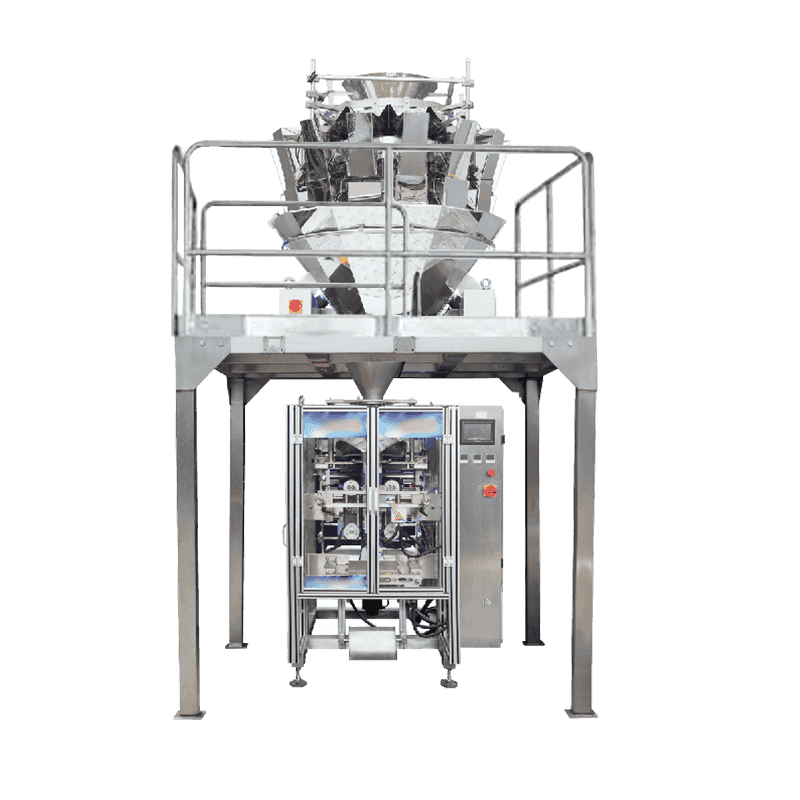
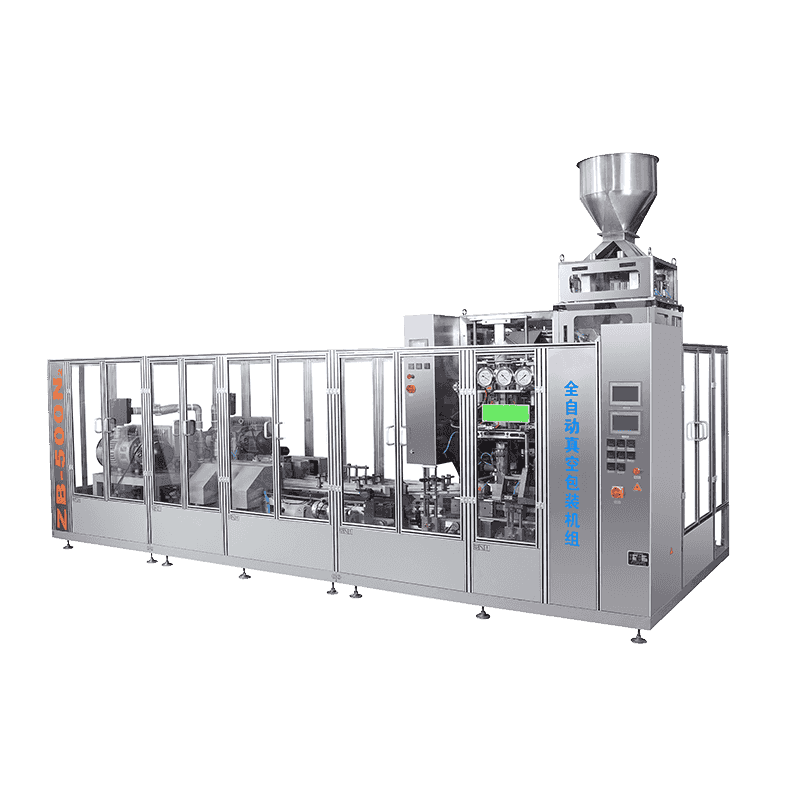
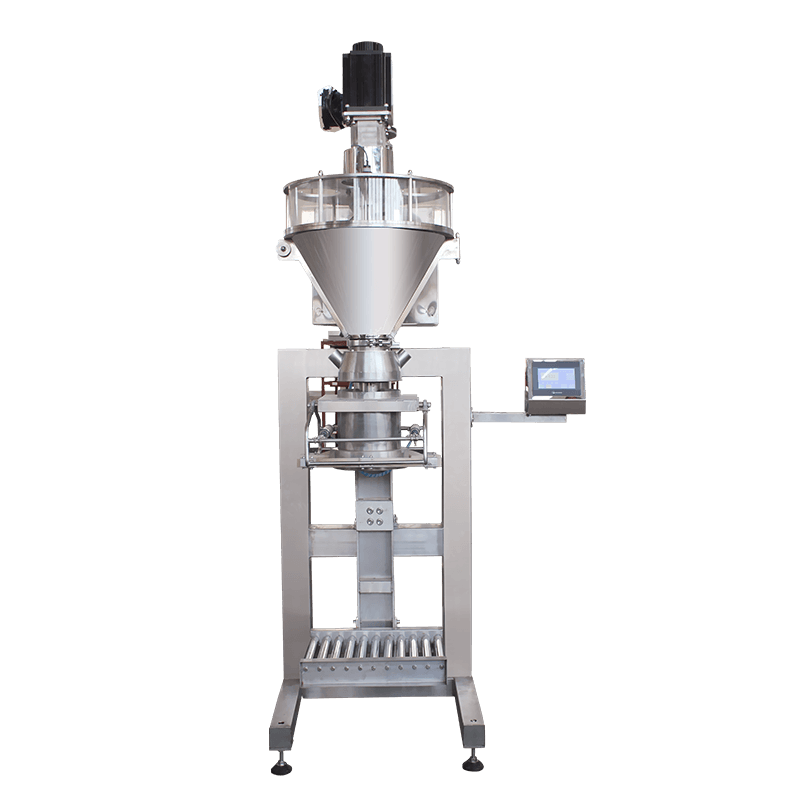
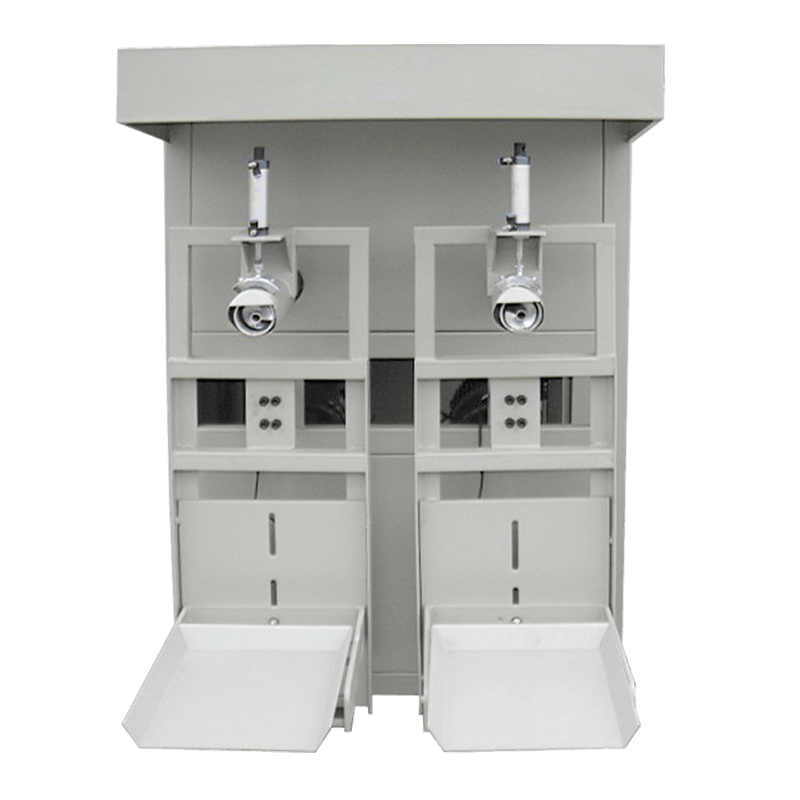

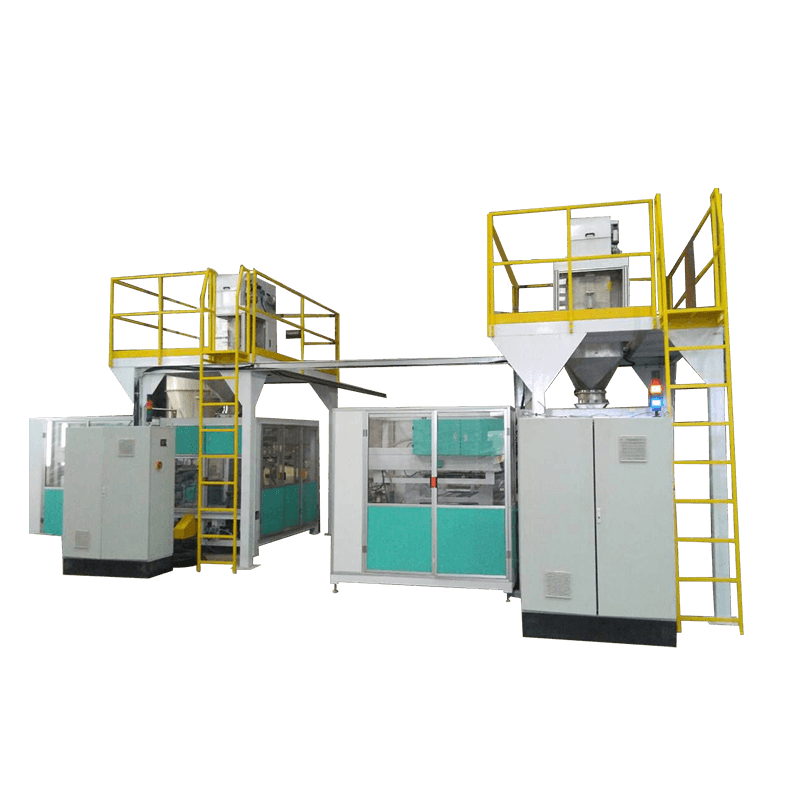
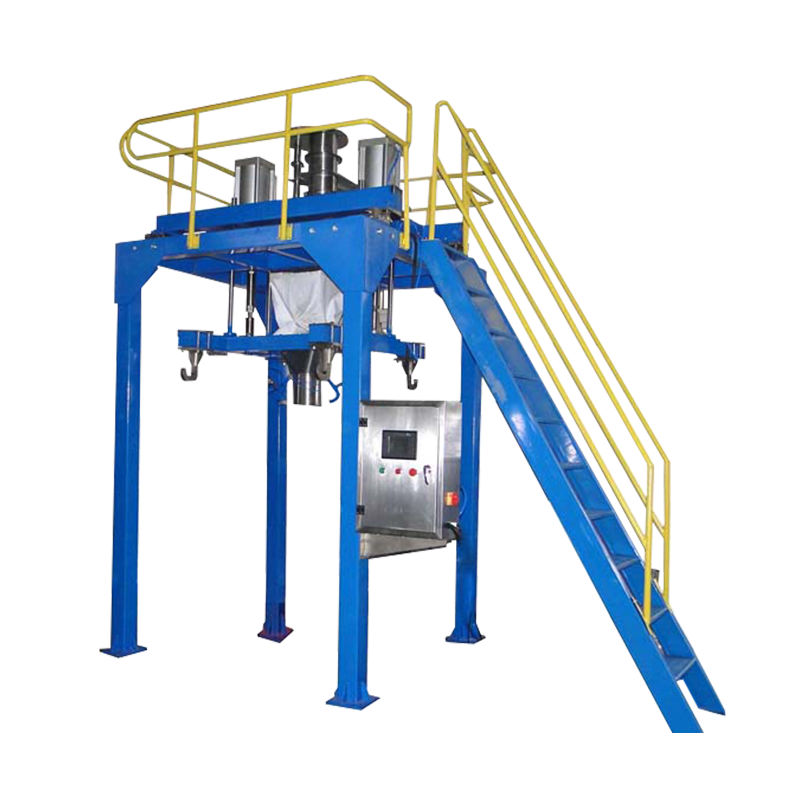



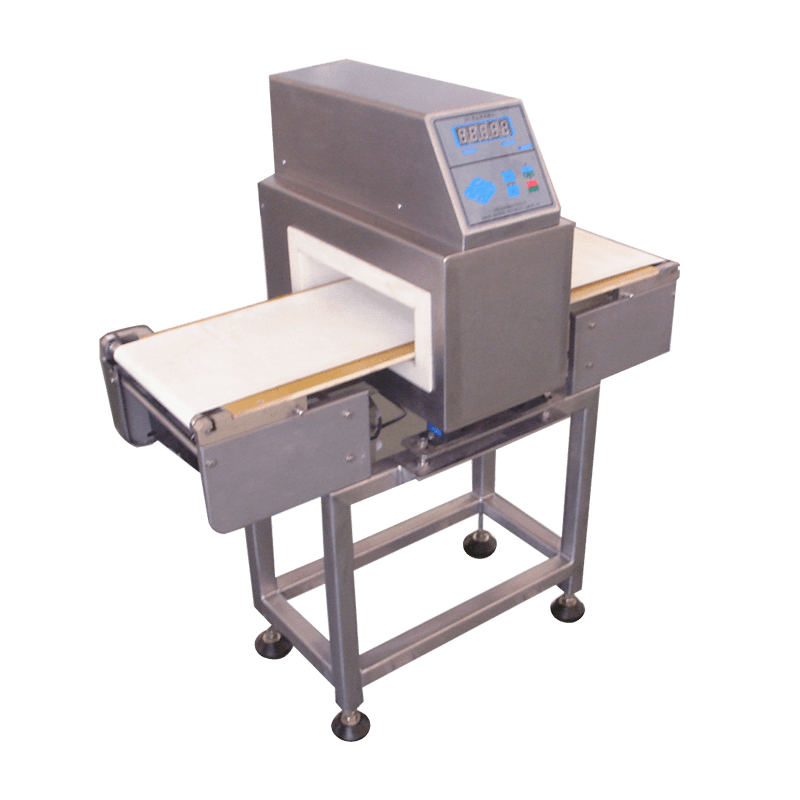


Contact Us